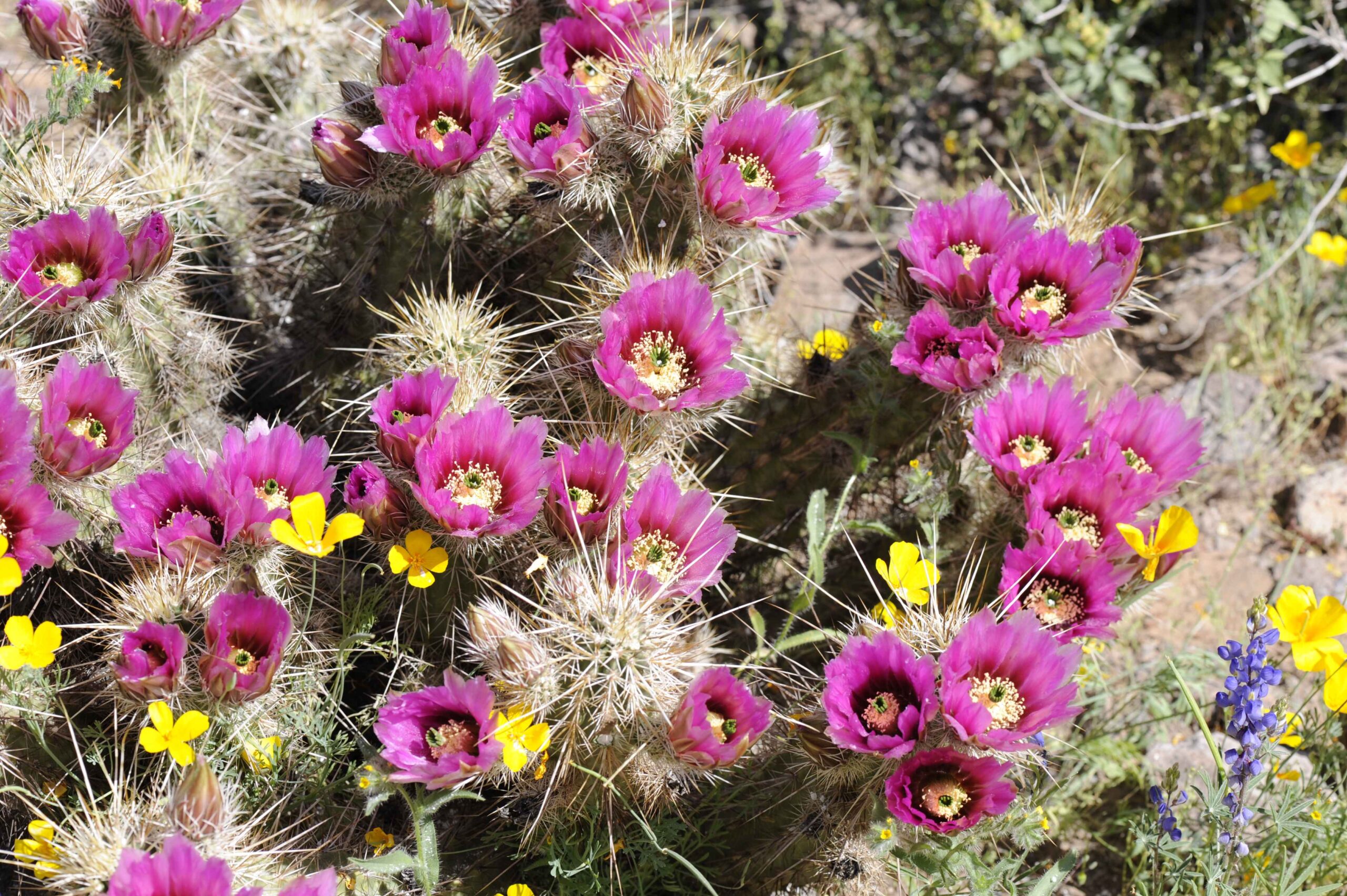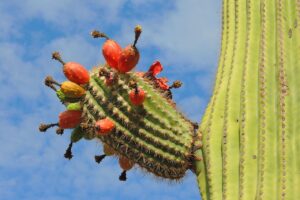When one thinks of cacti, vibrant blooms might not be the first association. Yet, the question that often arises is: do all cacti flower? The short answer is no; however, the nuances of cactus flowering habits are as elaborate as their spiny exteriors. This article delves into the diverse flowering patterns among various cactus species, exploring the factors that influence their blooms, the ecological significance of flowering, and the unique adaptations cacti have evolved over time.
The Lanthanum of Blooms: Understanding Cactus Diversity
Cacti represent an intriguing family within the plant kingdom, boasting over 2,000 species. These species can be broadly categorized into two main types: those that flower and those that do not. While it may be tempting to regard all cacti as flowering plants, several factors come into play in determining if a particular cactus will indeed produce flowers.
The environmental conditions play a crucial role in the flowering habits of cacti. Many cacti thrive in arid environments, where the availability of water significantly influences their lifecycle. For instance, some species, such as the saguaro (Carnegiea gigantea), bloom prolifically during the spring after receiving sufficient rainfall, showcasing beautiful white flowers that bloom only at night. In contrast, some cacti may remain dormant for extended periods, significantly delaying or completely inhibiting their flowering processes.
One must also consider the internal conditions affecting flowering, including age and hormonal signals. Most cacti require a significant amount of time to reach maturity before exhibiting their floral displays. For example, the iconic golden barrel cactus (Echinocactus grusonii) may take over a couple of decades to reach flowering age, while others may produce flowers within just a few years. The proverbial waiting game reveals nature’s complex interplay of patience and timing.
Moreover, hormonal changes within the cactus, such as an increase in gibberellins and auxins, can stimulate the flowering process. This intricate balance contributes to the diverse flowering cycles among cacti, resulting in staggered blooms across different species.
Factors Influencing Cactus Flowering: Climate and Conditions
Climate and environmental conditions directly impact whether a cactus will flower. Many cacti inhabit arid regions characterized by extreme temperatures and sporadic rainfall. These harsh conditions necessitate survival adaptations, which can also affect their reproductive strategies. When conditions are favorable, cacti exhibit flowering behaviors as a means to perpetuate their species.
Light is another critical factor. Photosynthesis is essential for healthy growth and successful flowering. Cacti, being desert plants, have adapted to utilize sunlight efficiently. Many species exhibit heliotropic behavior, positioning themselves to maximize light absorption. This adaptation not only bolsters their health but also prepares them for the flowering phase when light levels are just right, often correlating with the onset of warmer months.
Additionally, temperature variations play a significant role in triggering flowering. Many cacti require a period of dormancy during cooler months to stimulate flowering in the spring. The saguaro, for example, enjoys a chilling period, which positively influences its ability to flower when the temperatures rise, energizing its growth and bloom cycle.
The Ecology of Cactus Blossoms: Attracting Pollinators
Beyond their innate beauty, the flowering habits of cacti serve vital ecological functions. Cactus flowers embody a sophisticated strategy for attracting pollinators, which are essential for successful fertilization. In many cases, the relationship between cacti and their pollinators, such as bees, butterflies, and birds, epitomizes mutualism in nature.
Cacti have evolved specific adaptations to attract these pollinators. The vibrant colors, enticing fragrances, and intricate structures of cactus flowers entice various species to partake in pollination. Interestingly, some cacti even rely on nocturnal pollinators, such as moths, which are drawn to white or pale flowers that bloom only at night.
Once pollination occurs, the result is the formation of fruit, typically filled with seeds that contain the genetic material needed for the next generation. This cyclical relationship underscores the importance of flowering in ensuring the survival of cacti, promoting biodiversity, and sustaining ecosystem functionality in arid regions.
Uncommon Blooming: Unique Cactus Flowering Phenomena
Not all cactus species follow a standardized flowering pattern. Some exhibit unique behaviors that defy the conventional understanding of flowering habits. For example, the astrophytum cactus produces flowers that emerge directly from its surface—an unusual feature that captures the attention of botanical enthusiasts. Additionally, certain species bloom sporadically, which can be attributed to their adaptation to the unpredictable nature of their native habitats.
Moreover, some cacti can exhibit a phenomenon known as “remontancy,” where they can flower multiple times within a single growing season. This characteristic is particularly evident in species like the Christmas cactus (Schlumbergera), which can bloom repeatedly under optimal conditions, providing a continuous display of vibrant colors throughout various seasons.
In conclusion, while it is not accurate to assert that all cacti flower, the diversity of flowering habits observed among different species presents an intricate portrait of adaptation, survival, and ecological significance. From the budding blooms of the saguaro to the sporadic flowers of the astrophytum, the world of cactus flowering is both compelling and inspiring. Understanding these habits not only adds to our appreciation of these resilient plants but also highlights their vital role in maintaining ecological balance in their respective habitats.





Leave a Comment